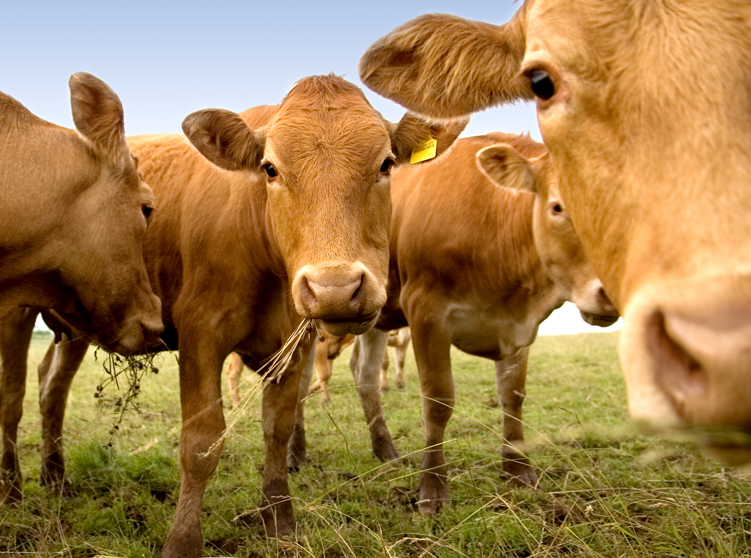Boost Your Know-how with Bagley Risk Management
Boost Your Know-how with Bagley Risk Management
Blog Article
Comprehending Animals Threat Protection (LRP) Insurance Coverage: A Comprehensive Overview
Browsing the world of animals risk defense (LRP) insurance coverage can be an intricate undertaking for many in the farming field. From exactly how LRP insurance operates to the various insurance coverage options readily available, there is much to uncover in this detailed overview that can potentially form the way animals producers come close to risk management in their organizations.

How LRP Insurance Coverage Works
Occasionally, comprehending the mechanics of Livestock Risk Defense (LRP) insurance can be complex, yet damaging down just how it functions can supply quality for farmers and herdsmans. LRP insurance coverage is a danger management device designed to protect livestock manufacturers versus unexpected rate declines. The plan permits manufacturers to establish a protection level based upon their details needs, selecting the variety of head, weight array, and insurance coverage cost. Once the policy remains in area, if market rates fall listed below the insurance coverage rate, manufacturers can sue for the difference. It is essential to note that LRP insurance coverage is not an income warranty; instead, it concentrates solely on cost threat defense. The coverage period generally varies from 13 to 52 weeks, giving adaptability for producers to pick a duration that straightens with their manufacturing cycle. By using LRP insurance coverage, farmers and ranchers can alleviate the monetary risks linked with changing market costs, making sure better stability in their procedures.
Eligibility and Coverage Options

When it comes to protection choices, LRP insurance coverage uses manufacturers the versatility to select the coverage level, coverage period, and endorsements that finest match their threat monitoring demands. By recognizing the qualification criteria and coverage options readily available, animals manufacturers can make informed choices to take care of risk properly.
Benefits And Drawbacks of LRP Insurance
When reviewing Animals Threat Security (LRP) insurance, it is important for animals manufacturers to consider the downsides and benefits integral in this risk administration tool.

One of the primary benefits of LRP insurance is its capacity to supply protection versus a decrease in animals prices. Additionally, LRP insurance coverage uses a degree of versatility, enabling producers to tailor protection degrees and plan periods to match their certain demands.
However, there are likewise some drawbacks to think about. One restriction of LRP insurance is that it does not protect versus all types of dangers, such as illness episodes or natural disasters. Furthermore, premiums can often be costly, specifically for manufacturers with big animals herds. It is vital for producers to meticulously examine their specific threat exposure and financial situation to determine if LRP insurance coverage is the right danger monitoring tool for their procedure.
Comprehending LRP Insurance Coverage Premiums

Tips for Making Best Use Of LRP Advantages
Making the most of the benefits of Livestock Danger Security (LRP) insurance calls for critical planning and proactive threat administration - Bagley Risk Management. To take advantage of your LRP insurance coverage, think about the following ideas:
On A Regular Basis Analyze Market Problems: Stay notified regarding market patterns and cost fluctuations in the livestock industry. By keeping track of these elements, you can make informed decisions concerning when to purchase LRP insurance coverage to safeguard against potential losses.
Set Realistic Protection Levels: When picking coverage degrees, consider your production prices, market worth of livestock, and potential threats - Bagley Risk Management. Setting reasonable protection levels guarantees that you are effectively shielded without paying too much for unnecessary insurance policy
Expand Your Coverage: As opposed to depending entirely on LRP insurance, think about diversifying your risk management techniques. Incorporating LRP with various other risk administration devices such as futures agreements or alternatives can give extensive insurance coverage versus market unpredictabilities.
Review and Adjust Coverage On a regular basis: As market problems transform, regularly review your LRP insurance coverage to guarantee it lines up with your current danger exposure. Changing insurance coverage degrees and timing of purchases can assist enhance your danger protection method. By adhering to these tips, you can maximize the benefits of LRP insurance policy and safeguard your livestock operation versus unanticipated risks.
Final Thought
Finally, livestock danger security (LRP) insurance policy is a beneficial device for farmers to take care of the economic dangers connected with their livestock operations. By understanding anonymous how LRP works, eligibility and protection choices, in addition to the advantages and disadvantages of this insurance coverage, farmers can make enlightened choices to secure their livelihoods. By very carefully thinking about LRP costs and executing techniques to optimize benefits, farmers can alleviate possible losses and make certain the sustainability of their operations.
Livestock manufacturers interested in getting Animals Risk Protection (LRP) insurance can explore an array of qualification standards and insurance coverage alternatives tailored to their particular animals operations.When it comes to insurance coverage choices, LRP insurance coverage provides producers the adaptability to pick the protection level, protection period, and recommendations that finest fit their risk administration needs.To understand the ins and outs of Livestock Risk Security (LRP) check these guys out insurance coverage completely, recognizing the factors influencing LRP insurance coverage costs is vital. LRP insurance coverage costs are determined by different aspects, including the protection degree selected, the expected cost of livestock at the end of the protection period, the kind of livestock being guaranteed, and the size of the insurance coverage period.Review and Readjust Protection Consistently: As market problems transform, periodically assess your LRP insurance coverage to ensure it aligns with your present risk direct exposure.
Report this page